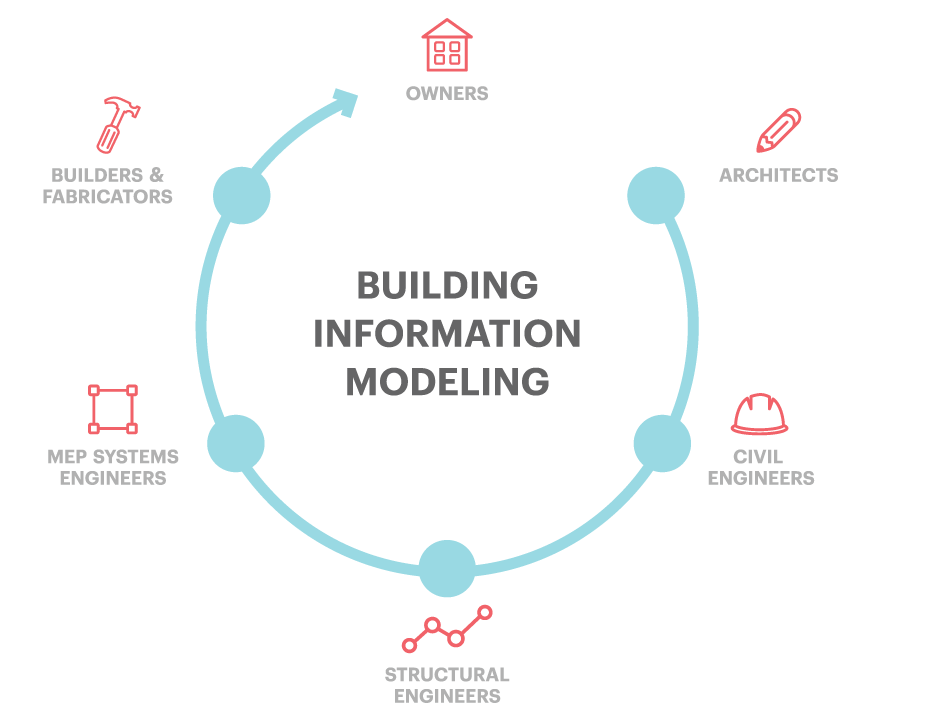Collaboration and work have almost always been synonymous. People need other people to realise their greatest impact. The last 20 years have brought a convergence of communications and computing technologies that has expanded the possibilities for technology-enabled collaboration, whether synchronous or asynchronous, proximal or distant[1].
With all of today’s technical tools being connected via the Internet—everything from mobiles to tablets to high-performance computers—information is easily accessible, from anywhere. This has enabled communication and collaboration in all areas of life and business. Stakeholders can collaborate on projects of every type like never before.
Building and construction are no different.
The latest evolution of the building industry, Building Information Modelling (BIM), refers to the process of designing a building collaboratively using a coherent system of 3D models rather than separate design drawings. BIM incorporates people and technology to streamline time and cost, and improve efficiency in builds including skyscrapers, hospitals, and large office or residential buildings.
Picture: BIM Workflow
MEP design as part of an overall BIM workflow isn’t just software, nor is it simply a 3D model. It contains not only the model elements but the vast amounts of information that make up the project, as well as the process of exchanging that information with other parties involved. Whereas previous workflows relied on multiple file formats and disconnected processes that quickly became out of sync when changes were made, BIM workflows allow for a much more dynamic and synchronised approach to project management.
BIM not only helps to design a building during the planning phase, but during construction, costing and management of the building as well.
[1] Source: MIT Technology Review. Technology Will Make Collaboration Your Next Competitive Advantage by Jeffrey F. Rayport on March 1, 2011
